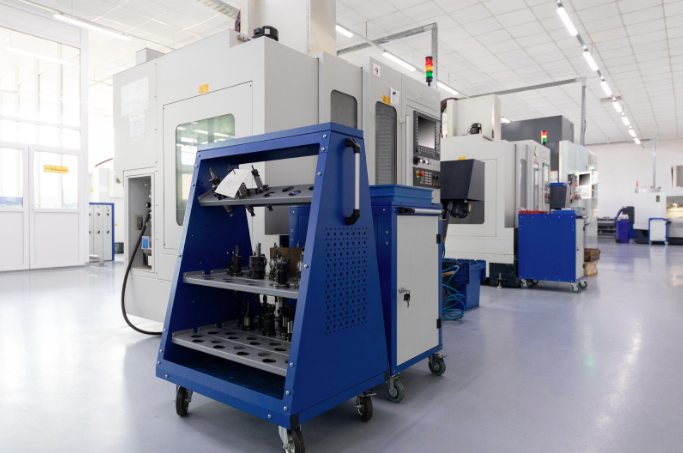A press brake plays a crucial role in the metal fabrication industry. Press brake machines greatly enhance the speed and quality of metal fabrication and processing. That is why metalworking workshops use this machinery. They help make complex parts and shapes, such as cars and planes.
If you are new to this technology, you often question the advantages of using a press brake. In this article, we will explore how press brakes can benefit various industries.
Press Brake Overview
A press brake is a machine used to bend sheet metal or metal plates. The metalworking sector uses this machine to apply force to a metal sheet, bending it to the desired angles. This machine can use different actuation methods, such as manual, hydraulic, or electrical.
Press brake machinery sales to multiple industries, including automotive, aerospace, construction, and HVAC. Automakers use them to bend metal for body components such as doors and hoods. At the same time, the aerospace industry uses them to create airplane parts.
Press brakes come in different types, such as:
- Hydraulic Press Brakes
- Mechanical Press Brakes
- Servo-Electric Press Brakes
- Hybrid Press Brakes
- CNC (Computer Numerical Control) Press Brakes
- Pneumatic Press Brakes
- Manual Press Brakes
6 Benefits of Press Brake
Here are the benefits of press brake machines:
1. Reduced Material Waste
With press brakes, bending is accurate and meets the required specification, helping to reduce material waste. This helps minimize rework and ensure efficient use of materials. Using this machinery, industries can save on material costs and fast production by eliminating time spent correcting errors.
2. Enhanced Product Quality
Press brakes provide high precision and accuracy, which results in enhanced product quality. Press brakes offer an advanced automated solution that delivers accurate results. That’s why it’s very crucial in the aerospace, automotive, and electronics industries.
3. Increased Production Efficiency
A press brake produces accurate bends consistently, helping reduce downtime and increase productivity. Workers spend less time making corrections and adjustments, resulting in faster production cycles and higher overall efficiency.
4. Complex Bending Operations
Complex bends can be overwhelming, but press brakes have made them easy to produce. They can execute intricate shapes and take multi-step bending sequences, which is crucial in sectors like aerospace and electronics, where accuracy and complexity are paramount.
5. Tooling Flexibility
The best benefit of press brakes is further improved by their tooling flexibility. To achieve various bending profiles and angles, a wide array of dies and punches can be used. Operators can easily switch between tooling setups, allowing them to adapt to new tasks rapidly.
This tooling flexibility is particularly beneficial in custom fabrication shops, where diverse project instances —such as V-dies, offset dies, and hemming dies —can be used in different configurations to create specific bends.
6. Long-Term Savings
A press brake can help manufacturers achieve long-term savings. The initial purchase cost of a quality press brake helps reduce material waste, rework expenses, and labor costs, and the savings over time.
The precision of press brakes ensures that each bend provides exact specifications, reducing the errors and the associated costs of rework or scrapped parts.

